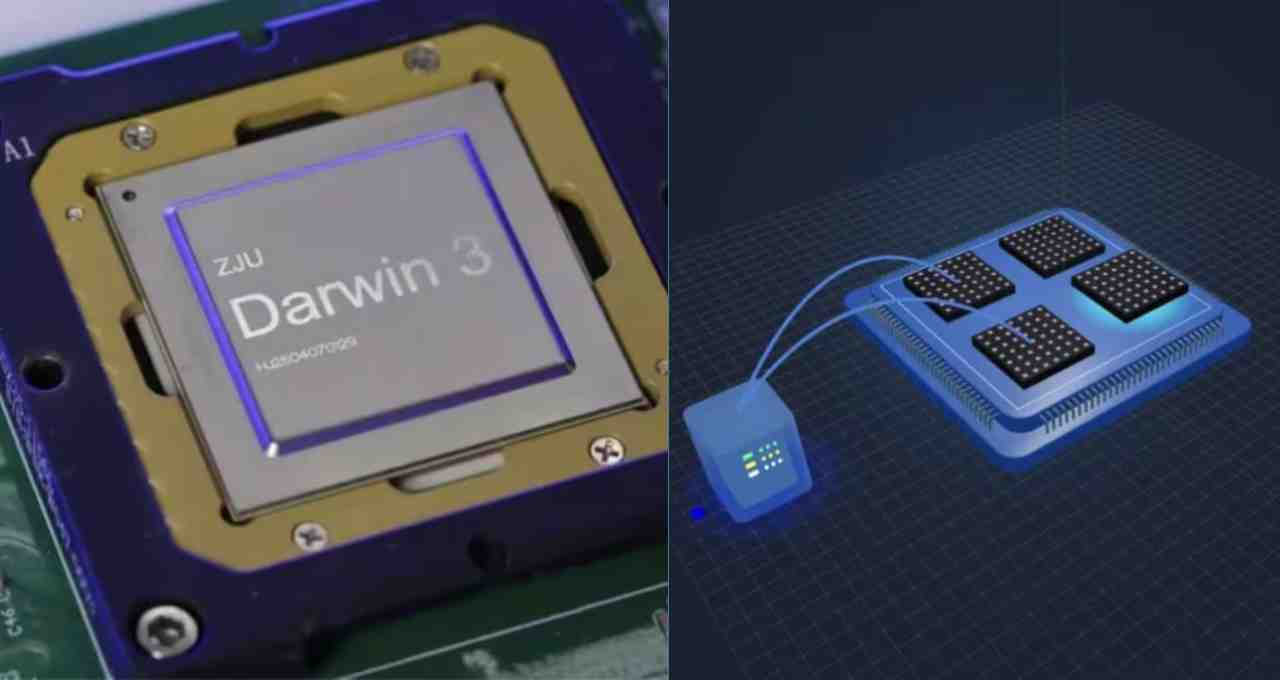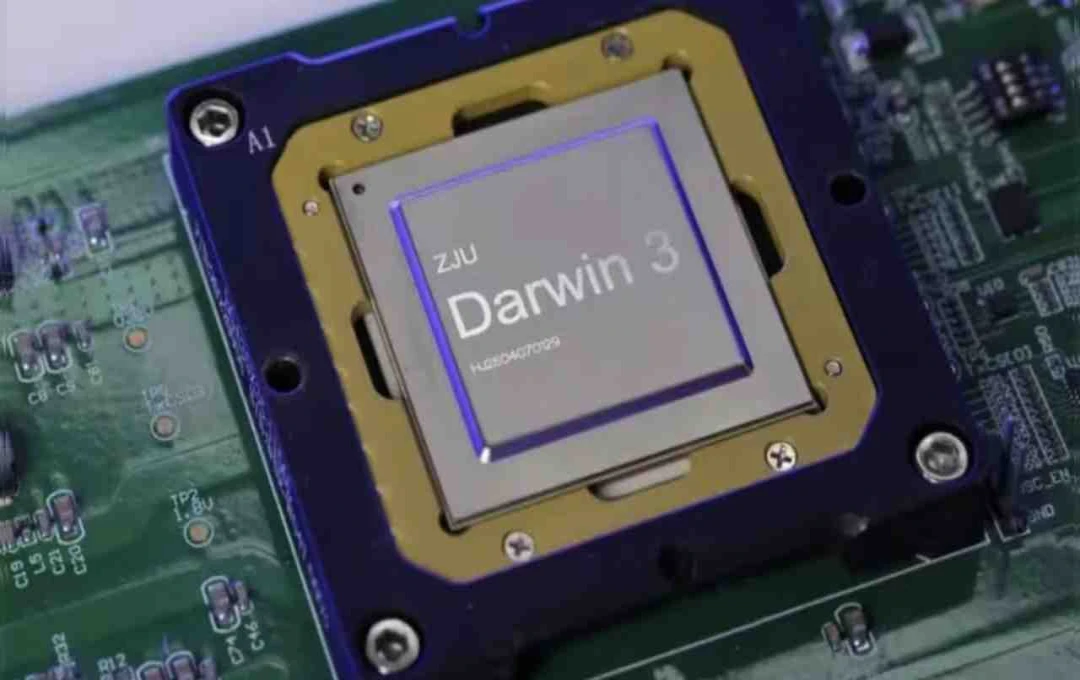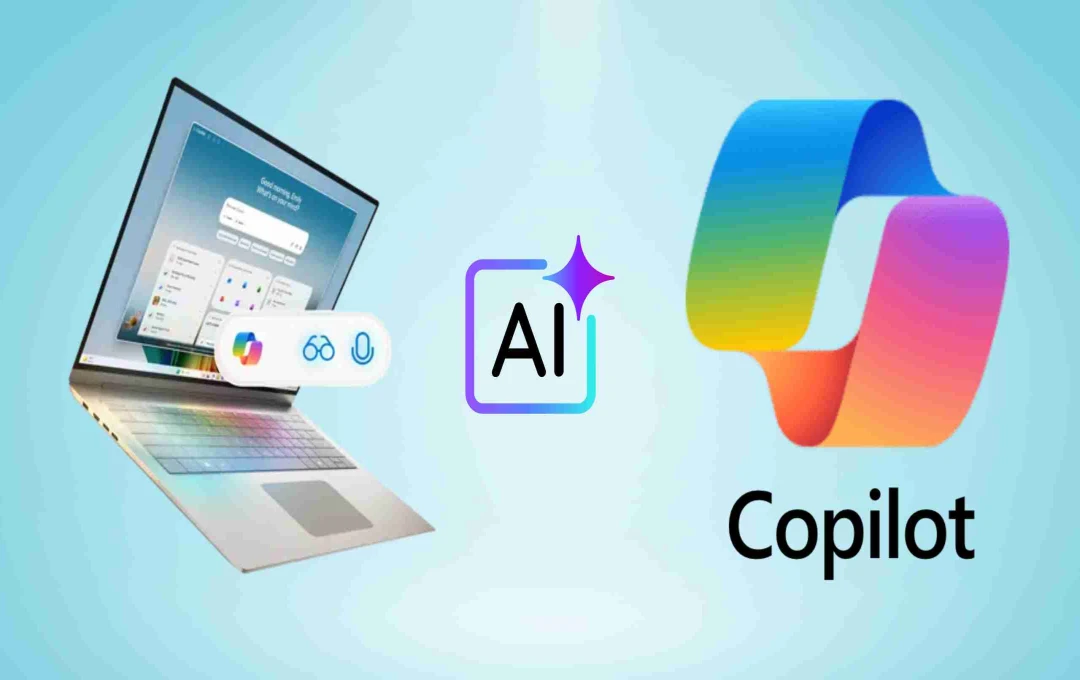Chinese scientists have developed a supercomputer named 'Darwin Monkey', which could revolutionize how Artificial Intelligence (AI) learns and processes data. Based on brain-inspired neuromorphic technology, this computer with 2 billion artificial neurons and 100 billion synapses can open new possibilities in neuroscience and AI research.
Darwin Monkey: Zhejiang University in China has developed a supercomputer named 'Darwin Monkey', which is the world's first brain-like AI system. This computer, equipped with 960 neuromorphic chips and 2 billion artificial neurons, processes data by adopting brain-like mechanisms. Developed in collaboration with Chinese company Deepsea, the system aims to make AI tasks and neural research faster and more effective than before.
Brain-like Computer Developed
Zhejiang University has developed a supercomputer with 2 billion artificial neurons, described as the world's first brain-like computer. It operates on 960 Darwin 3 neuromorphic computing chips and creates over 100 billion synapses. Researchers claim it is capable of completely transforming AI. In collaboration with the Chinese company Deepsea, it has been applied to tasks such as mathematics, logical reasoning, and content generation.
Computer with Brain-like Capabilities
Researchers state that Darwin Monkey's vast number of neurons and synapses bring its capabilities on par with the brains of creatures like monkeys, rats, and zebrafish. This will enable scientists to understand neural processes with greater precision, potentially leading to rapid advancements in brain science and neurological research.
How Darwin Monkey Works

Darwin Monkey is based on neuromorphic computing technology, also known as brain-inspired computing. It processes data using artificial neurons and synapses, similar to the human brain, whereas most AI systems operate solely on numerical values. Furthermore, this supercomputer is also energy-efficient, consuming less than 2,000 watts of power under normal conditions.
The advent of this technology could unlock new opportunities in AI and neuroscience research, and it may prove to be a milestone in the development of computing and neural networks in the future.











